
Gleanings of Freedom
THE WORKING CLASS IN AMERICAN HISTORY
Editorial Advisors
James R. Barrett
Alice Kessler-Harris
Nelson Lichtenstein
David Montgomery
Publication of this book is supported by the Richard T. Farrell Award, given by the Department of History at the University of Maryland.
2011 by the Board of Trustees of the University of Illinois
All rights reserved
Manufactured in the United States of America
C 5 4 3 2 1
 This book is printed on acid-free paper.
This book is printed on acid-free paper.
Library of Congress Cataloging-in-Publication Data Grivno, Max L.
Gleanings of freedom : free and slave labor along the Mason-Dixon Line, 17901860 / Max Grivno.
p. cm. (The working class in American history)
Includes bibliographical references and index.
ISBN 978-0-252-03652-1 (hardcover : alk. paper)
ISBN 978-0-252-09356-2 (e-book)
1. Slave laborMarylandHistory19th century.
2. SlaveryMarylandHistory19th century.
3. FreedmenMarylandHistory19th century.
4. Agricultural laborersMarylandHistory19th century.
5. Mason-Dixon Line. I. Title.
E445.M3G74 2011
305.563dc23 2011041224
Does not man have hard service on earth? Are not his days like those of a hired man?
Like a slave longing for the evening shadows, or a hired man waiting eagerly for his wages,
so I have been allotted months of futility, and nights of misery have been assigned to me.
Job 7:13
Look! The wages you failed to pay the workmen who mowed your fields are crying out against you. The cries of the harvesters have reached the ears of the Lord Almighty.
James 5:4
Illustrations
MAP
TABLES
FIGURES
Acknowledgments
These are the last passages that I will write in a project that has been a part of my life for the past decade. It is, therefore, something of a bittersweet experience. Looking back, however, I am struck with a profound sense of gratitude to the many people who made these years some of the happiest and most rewarding of my life.
Leslie Rowland was this projects staunchest defender and its most demanding critic. I cannot describe Leslies utter dedication to the historians craft and to her students in such a small space, but one example might suffice. In the summer of 2007, Leslie tumbled down the steps of a subway station and shattered the wrist of her writing hand. Despite these painful injuries, she read a draft and scrawled detailed comments on over 300 pageswith the wrong hand! Whatever merits this work possesses are hers; its shortcomings stem from my stubbornness.
I have been fortunate to work with many excellent historians. I spent four years with the Freedmen and Southern Society Project. The editors passionate engagement with questions surrounding emancipation, rural labor, and the meanings of freedom was a constant source of inspiration, and their exacting research and careful attention to the sources provided an example that I have constantly emulated. I would like to acknowledge the projects director, Leslie Rowland, and former and current editors Anthony Kaye, Kate Masur, Steven Miller, and Susan ODonovan for their help over the years.
Many other scholars lent their skills to this project. The study traces its roots back to a Historical Resources Survey commissioned by the National Park Service. I am indebted to the historians at Antietam National Battlefield and the Chesapeake and Ohio Canal for their assistance with the early stages of my research. At the University of Maryland, Ira Berlin, Clare Lyons, James Henretta, and Mark Leone made this project immeasurably better. I am especially grateful to Ira, who saw the projects potential at an early stage and constantly goaded me to ask bigger questions of a small slaveholding society. Mike Fitzgerald has been a steadfast friend and mentor since my days as an undergraduate at St. Olaf College. I hope that seeing this book in print will, in some way, reward him for the years he spent helping me grow as a historian. Many people have read portions of the manuscript and provided useful comments. Here, I would like to acknowledge Alex Lichtenstein, T. Stephen Whitman, Eva Sheppard Wolf, David Montgomery, my colleagues at the University of Southern Mississippi, and the anonymous readers for the University of Illinois Press.
Numerous archivists have assisted me with my research, but special thanks are due to Robert Barnes of the Maryland Hall of Records, who guided me through the warren of county court records and provided constant good cheer. I would also like to thank the Archivist of Maryland, Edward C. Papenfuse, who guided me to collections I would not have otherwise found. At the University of Maryland, Lauren Brown, Jennie Levine, and the staff of the Archives and Manuscripts Department fielded my requests for what must have seemed an endless stream of documents. Finally, I would like to thank the many archivists and librarians at the Maryland Historical Society for the countless hours of assistance they provided me over the years.
I could not have completed this work without generous financial support. In 2006, I received a Mary Savage Snouffer fellowship from the College of Arts and Humanities at the University of Maryland. The 2008 Richard T. Farrell Award from the Department of the History at University of Maryland came with a subvention that helped underwrite this cost of producing this volume. Likewise, the 2008 C. Vann Woodward Award from the Southern Historical Association helped me complete the final stages of research on Gleanings of Freedom. I am deeply grateful to these award committees for their encouragement, for their confidence in this project, and for their thoughtful comments and questions.
Completing a study of Maryland while beginning a career in southern Mississippi presented challenges that I could never have overcome on my own. The revisions to this book would not have been possible without the assistance of several graduate students at the University of Maryland. Thanayi Jackson, Mark A. Johnson, and Mary-Elizabeth Murphy answered my sometimes arcane research requests with alacrity and aplomb. I am also indebted to the librarians at the University of Southern Mississippi. They consistently amazed me with their knack for wrangling obscure pamphlets, newspapers, and manuscripts on microfilm.
The staff at the University of Illinois Press has made preparing the book manuscript and seeing it through production not only painless, but actually enjoyable. Laurie Matheson was an enthusiastic supporter of this project and steered me around the innumerable snares and pitfalls that might derail a young writer. My copyeditor, Ellen Goldlust-Gingrich, spared me from many embarrassing errors and made my prose clearer, stronger, and more direct than I ever could have.
My parents, Steve and Connie Grivno, instilled in me a love of history and made tremendous sacrifices to guarantee that I would be the first in my family to attend college. The pluck they showed raising a family in the rural Midwest during the farm crisis of the 1980s has, in many ways, shaped my understanding of the past. Still, my greatest debts are to my wife, Traci. She stood beside me during the long and leans years of graduate school, waded through moldering documents at county courthouses and historical societies, and evinced a deep, abiding confidence in this study and its author. Traci, this book is dedicated to you with boundless love and immeasurable gratitude.
Gleanings of Freedom
INTRODUCTION
Next page
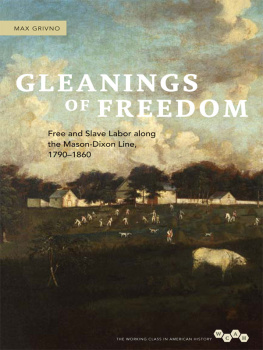

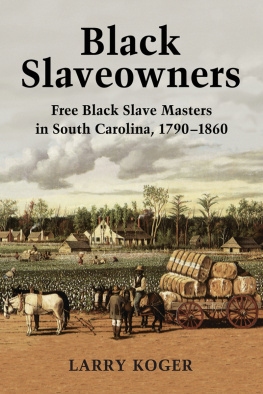
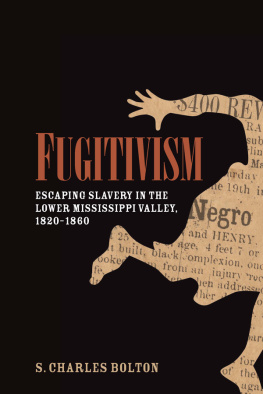

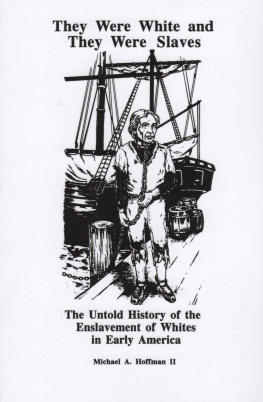
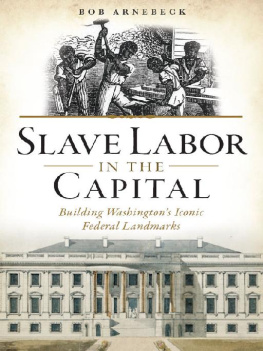
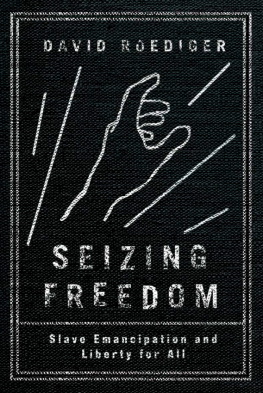
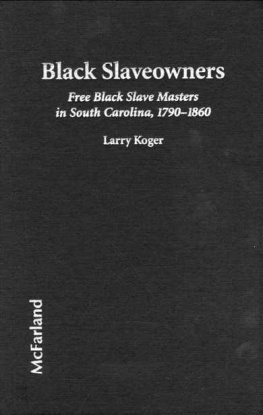

 This book is printed on acid-free paper.
This book is printed on acid-free paper.